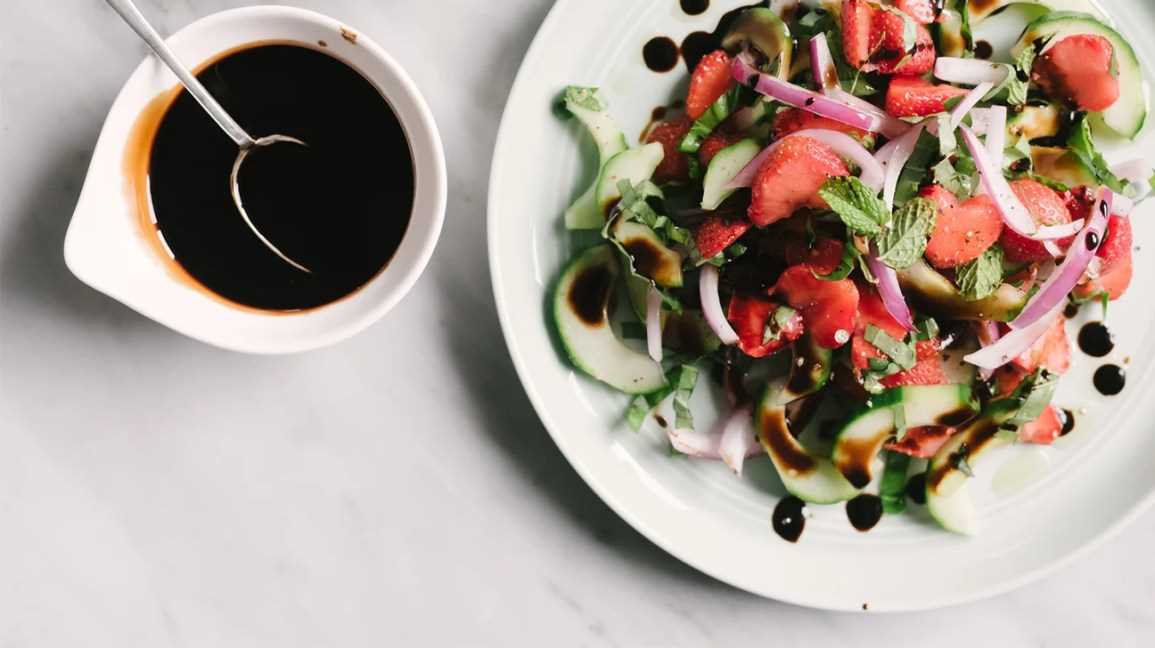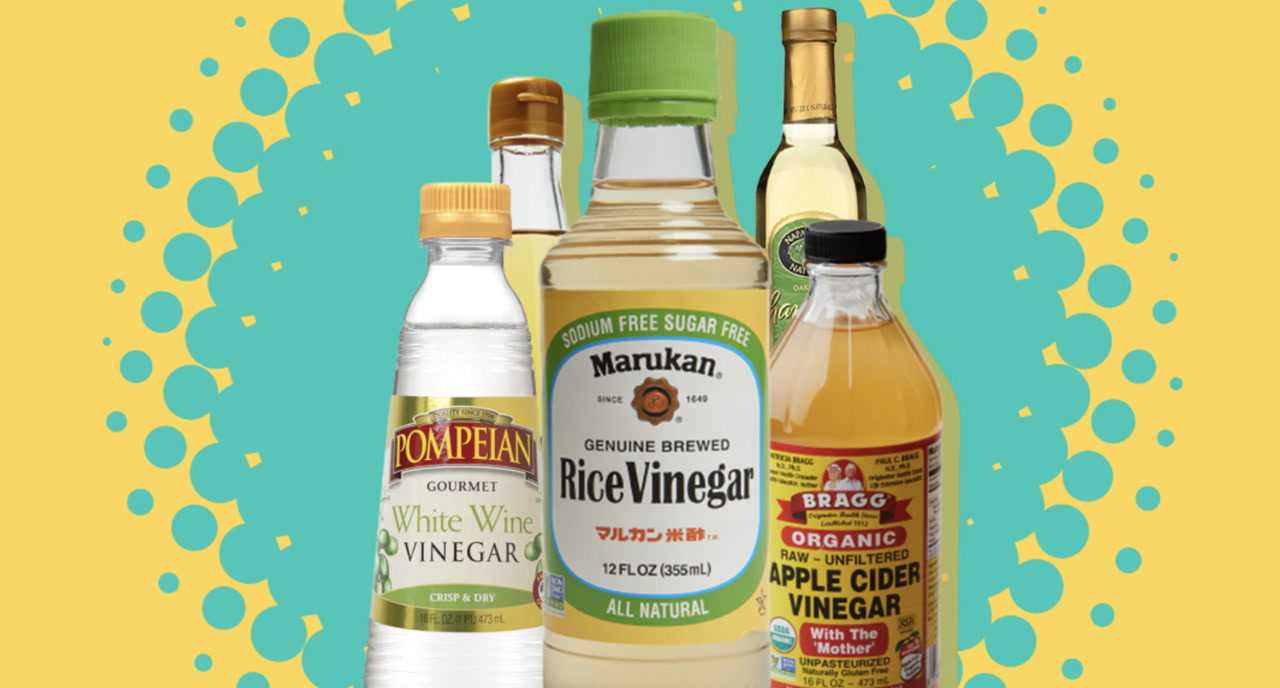In culinary applications, opting for a darker acidic liquid in place of a lighter one is a viable choice. The flavors will notably differ, but the acidity remains similar, allowing for effective replacements in many recipes.
When working with dressings, marinades, or reductions, the deeper hue of a robust vinegar can add complexity to the dish. Consider the intended flavor profile; the substitution might impart a richer taste, which can enhance certain ingredients while potentially overshadowing others. Adjusting the amount used may be necessary to maintain balance.
In pickling, if a recipe calls for a lighter variety, substituting with a darker alternative can yield an interesting twist. Expect a shift in color and flavor, so be prepared for some experimentation. The key is to taste as you go, ensuring that the final product aligns with your gastronomic intentions.
Red Wine Alternative for White Wine Vinegar
Substituting a dark acidic liquid for a light one can work in many culinary scenarios. The flavor profile of the darker option is richer and often more robust, which may enhance certain dishes while altering the intended taste of others.
Consider the dish you are preparing. In salad dressings, the switch will impart a fruitier and slightly tannic flavor, which can be delightful. However, if the recipe relies on the sharpness of a lighter liquid for balance, the flavor may become too bold.
For marinades and sauces, the deeper notes can complement meats beautifully. A hearty option can add complexity, especially to grilled or roasted proteins. Just be cautious with the quantity; start with a smaller amount and adjust to taste.
When crafting pickles or brines, the swap can introduce a unique twist, but it’s essential to account for the difference in color and flavor intensity. A darker liquid will affect the final appearance of your pickles.
In baking, where acidity plays a role in leavening, the change might not yield the same results. Choose wisely based on the desired outcome.
Experimentation is key. Each substitution may yield different results, so keep notes on what works best for future reference. Happy cooking!
Flavor Differences Between Red and White Wine Vinegar
The taste profiles of these two types of fermented liquids are distinct and can significantly impact your culinary creations. The choice between them often comes down to the specific flavor you want to achieve in your dishes.
Here are some key differences:
- Acidity Level: Both varieties have similar acidity, but the flavor intensity varies. The darker variant tends to have a more robust and tangy flavor, while the lighter version is generally milder.
- Fruitiness: The first one often carries deeper, berry-like notes, making it suitable for hearty dishes, marinades, and sauces. The other type offers a crisper, cleaner taste, perfect for salads and delicate sauces.
- Color Influence: The darker liquid can impart a reddish hue to dishes, while the paler option will not alter the color significantly, which may be essential in presentations.
- Sweetness: The former may have subtle sweet undertones, enhancing the flavors of roasted meats or rich sauces. The latter usually has a more straightforward tartness, which can complement lighter ingredients.
Incorporating either type into your recipes requires consideration of these flavor profiles. For robust dishes, the darker option excels, while the lighter one shines in fresh, vibrant preparations. Understanding these nuances will elevate your culinary skills and enhance your dishes.
Cooking Applications for Red Wine Vinegar
This tangy liquid excels in a variety of culinary scenarios. Its robust flavor profile makes it a prime candidate for salad dressings, marinades, and sauces. When crafting vinaigrettes, balance it with olive oil, herbs, and spices for a delightful dressing that complements salads or drizzles over grilled vegetables.
Marinades and Sauces

In marinades, this option enhances the taste of meats, particularly beef and lamb. Combine it with garlic, mustard, and sweeteners like honey or brown sugar to create a well-rounded marinade that tenderizes while infusing flavor. For sauces, it adds depth to reductions and glazes, enriching dishes like braised meats or roasted vegetables.
Cooking Techniques
In sautéing or deglazing, this type of acidity lifts the flavors of the pan. After searing proteins, splash in some of this vinegar to dissolve the browned bits, creating a savory sauce. It’s also effective in pickling vegetables, providing a more complex flavor compared to lighter options, making pickled cucumbers or onions more interesting.
| Application | Recommended Combinations |
|---|---|
| Salad Dressings | Olive oil, mustard, herbs |
| Marinades | Garlic, honey, soy sauce |
| Sauces | Red meat, reductions, glazes |
| Deglazing | Pan juices, broth, herbs |
| Pickling | Spices, sugar, salt |
Acidity Levels: Red vs. White Wine Vinegar
For culinary applications, the acidity of each option plays a critical role in flavor and preservation. Typically, both varieties have similar acidity levels, hovering around 5-7%. However, slight variations exist based on production methods and grape sources.
Red Wine Acidity
The darker variety often exhibits a slightly higher acidity, attributed to the tannins present in the skins during fermentation. This characteristic can enhance the sharpness in dressings and marinades, making it an excellent choice for robust dishes.
White Wine Acidity
The lighter alternative usually features a cleaner, crisper taste profile. This type’s acidity is often more subdued, which makes it ideal for lighter sauces and delicate seafood preparations. Its refreshing quality complements dishes that require a gentle touch.
When selecting between these two, consider the dish’s overall flavor profile and required acidity. For instance, if you’re making a vinaigrette for a hearty salad, the bolder acidity of the darker option might be more suitable. On the other hand, for a light pasta dish, the milder one is preferable. For those venturing into outdoor activities, pairing meals with the right ingredients, such as using the best solar generators for camping, can enhance your culinary experience further.
Substituting in Salad Dressings
For salad dressings, opting for a deep-hued fermented grape liquid can enhance flavor profiles. The unique characteristics from various types of acidic solutions can yield delightful results.
Recommended Ratios
When swapping, maintain a similar ratio to achieve balance in taste. Generally, a 1:1 ratio works well, but adjust according to personal preference. Start with equal parts and modify based on the desired intensity.
Flavor Pairing Suggestions
- Pair with robust greens like kale or arugula for a complementary effect.
- Enhance with ingredients such as honey or mustard to enrich the mixture.
- Experiment with herbs like basil or oregano to bring out the nuances of your dressing.
Incorporating this alternative not only diversifies your salad offerings but also brings depth to your culinary creations. Enjoy experimenting with different combinations to find your favorite blend.
Impact on Color in Recipes
Substituting a darker acidic liquid for a lighter one can noticeably alter the visual appeal of a dish. For instance, when employing a crimson variety in place of a pale counterpart, expect the final product to take on a rich hue. This can enhance the presentation, especially in salads, marinades, or sauces where color plays a crucial role.
Effects in Sauces and Marinades
Sauces made with a darker liquid may exhibit a deeper tint, which can be quite striking. This change can complement certain proteins, such as beef or lamb, where a robust color adds to the dish’s perceived richness. Conversely, for lighter meats like chicken or fish, the substitution might overpower the intended aesthetic.
Visual Appeal in Salads
In salads, the overall look can shift dramatically. A vibrant red hue can make a dish more enticing, drawing attention and encouraging consumption. However, be mindful of how this color interacts with other ingredients. For example, pairing with greens may create a bold contrast, but it could also clash with lighter elements, such as feta cheese or avocado. Balancing colors effectively is key to an appetizing presentation.
Storage and Shelf Life Comparisons
Both varieties of vinegar have a long shelf life, ranging from 3 to 5 years when stored properly. Keep them in a cool, dark place away from direct sunlight. Once opened, the quality can start to degrade, although they remain safe for consumption for an extended period.
For optimal preservation, ensure the cap is tightly sealed after each use. This minimizes exposure to air, which can affect flavor and potency over time. If you notice any cloudiness or sediment, it’s generally a sign of age but not necessarily spoilage. Taste before discarding to assess quality.
In cooking, the distinction in storage may not significantly impact usage, but for dressings or marinades where freshness is key, I recommend checking the bottle’s integrity and flavor profile regularly. Always label your bottles with the date of purchase to track their age more effectively.
For those who frequently cook, consider smaller bottles to ensure you use them while they are still at their peak quality. In contrast, larger containers may be more economical but require careful planning to consume before they lose their vibrancy.
Popular Recipes Using Red Wine Vinegar

Incorporating this tangy liquid into your cooking can elevate flavors significantly. Here are some standout recipes where this ingredient shines:
Marinated Vegetables

Combine bell peppers, zucchini, and red onions with a splash of this vinegar, olive oil, garlic, and fresh herbs. Let the mixture sit for a few hours to absorb the flavors. Serve chilled as a refreshing side dish or antipasto.
Vinaigrette for Salads
Whisk together this vinegar with Dijon mustard, honey, and olive oil for a zesty dressing. It pairs perfectly with mixed greens, nuts, and cheeses, adding a delightful kick.
In a hearty stew, a dash of this liquid can enhance the depth of flavors, particularly in beef or lamb dishes. It adds acidity that balances richness, creating a more rounded profile.
For marinades, blend this vinegar with soy sauce, garlic, and ginger for a robust mixture that infuses meats or tofu with a complex taste. Allow proteins to marinate for at least an hour before grilling or roasting.
Additionally, it serves as a fantastic finishing touch for sauces. Stir a spoonful into a reduction to brighten the taste and add a subtle tang that complements savory elements.
FAQ:
Can red wine vinegar be used as a substitute for white vinegar in cooking?
Yes, red wine vinegar can be used as a substitute for white vinegar in many cooking applications. While the flavors are slightly different—red wine vinegar has a richer, deeper taste compared to the sharper and more acidic flavor of white vinegar—many recipes can accommodate this switch. For instance, in salad dressings, marinades, or sauces, red wine vinegar can add a unique twist. However, it’s advisable to consider the overall flavor profile of the dish to ensure it complements the other ingredients.
What are the differences in taste between red wine vinegar and white vinegar?
Red wine vinegar is generally more robust and complex in flavor than white vinegar, which is usually more straightforward and acidic. The red wine vinegar carries notes from the grapes used in its fermentation, often resulting in a slightly sweet undertone. White vinegar, on the other hand, is typically sharper and more pungent, making it ideal for pickling or recipes that require a strong acidic punch. When substituting one for the other, keep in mind that the taste of the final dish may vary. Adjusting the quantity based on personal preference can help achieve a desired balance in flavor.








